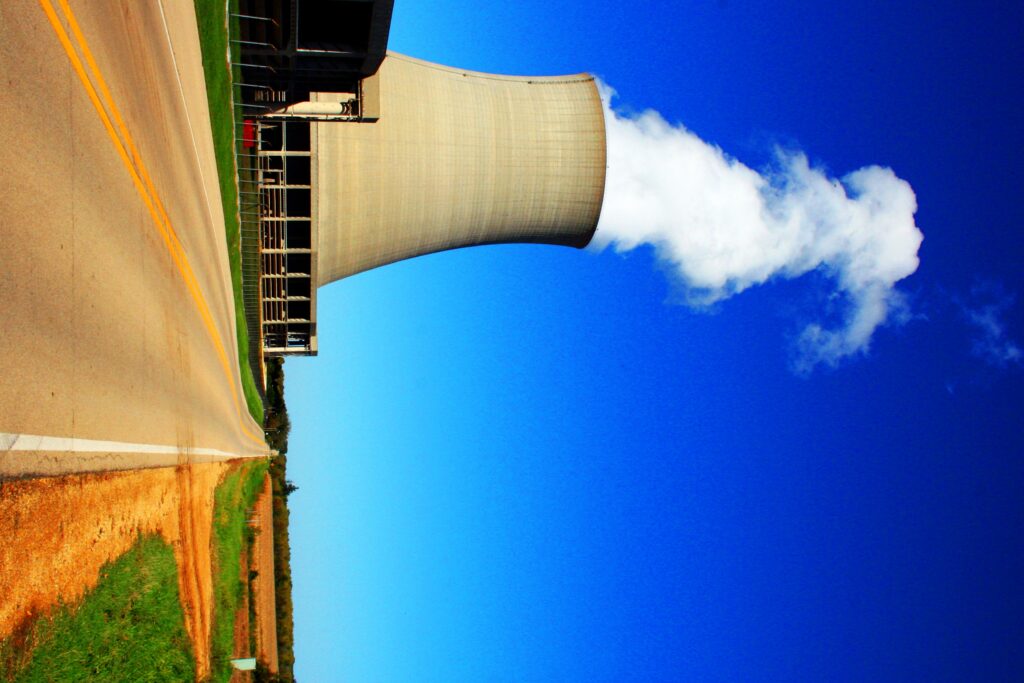
At the G7 summit in Germany this past month, world leaders from developed nations pledged to completely phase out fossil fuels by 2100 in an attempt to mitigate climate change. If this weighty goal is to be reached, a transition to alternative energy needs to begin within the decade. The question on everyone’s mind—is renewable energy ready to replace fossil fuels?
The short answer is no. Renewable energy has made significant technological advances in the last decade, but has yet to reach a cost that is low enough to satisfy consumer demand. An assortment of problems has prohibited renewables from becoming competitive; mainly, sources of renewable energy are inconsistent and geographically limited. Until these challenges are overcome, nuclear power needs to be taken seriously as an attractive stand-in. Problems that previously overshadowed its benefits have largely been resolved by recent technological developments, making increasing nuclear production a more feasible and immediate method of climate mitigation than expanding renewable energy.
The major improvements needed to increase the viability of renewables are in energy storage and transportation. A new generation of batteries, led by the Tesla Powerwall, seems to overcome the obstacle of intermittency, but once again the price is just too high. Tesla is asking for a whopping $7,140 for the installation of its residential battery—much more than the average household is willing to pay. Furthermore, improvements in electrical infrastructure, i.e. the power grid, have been few and far between. Presently, it isn’t feasible to transport electricity from the rural areas where wind and solar energy are often generated. Although the marginal cost of wind turbines and solar panels has steadily declined, it is still relatively expensive to use renewable energy due to the issues of storage and transportation. For the time being, renewable energy is not competitive enough to replace fossil fuels, and a different alternative is needed.
In the campaign to drastically reduce reliance on fossil fuels, the only “quick-fix” that has proven viable is nuclear energy, which generates enormous amounts of zero-carbon electricity and rivals the cost efficiency of fossil fuels. A standard reactor can produce enough energy to supply 690,000 households with electricity. Nuclear energy could be used to curb China’s growing emissions and limit its consumption of coal, which currently accounts for almost 70% of its energy sector. In contrast to wind and solar, nuclear energy can be produced constantly and therefore does not require storage. Developed nations could run nuclear energy as their base-load supply of electricity, and then have intermittent renewables pick up the slack during peak demand.
France, which derives approximately 75% of its electricity from nuclear energy, is an ideal model for the energy structure of developed nations. France is the largest net exporter of energy in the world, with an annual profit of well over $3 billion. The French government has used the capability of its nuclear power to advance aggressive environmental policies; in 2014, the French government established a long-term target to reduce greenhouse gas emission to 40% of 1990 levels by 2030, dwarfing targets set by the United States and other developed nations. Furthermore, France is not dependent on foreign energy and is therefore less vulnerable to political instability. Countries in Central and Eastern Europe should take note; nuclear energy might be a solution to dependence on Russian gas.
Nonetheless, nuclear power has suffered its own share of setbacks over the years. A list of nuclear accidents – most recently Fukushima Daiichi – has created the perception that nuclear energy is unsafe. There is also unease over the security of nuclear power plants, which have been identified as potential terrorist targets. To top it all off, environmentalists have expressed concerns over the limited amount of uranium available and the long-term toxicity of radioactive waste. However, technology has surmounted many of these challenges.
In 2011, a tsunami disabled the cooling system of three nuclear reactors at the Fukushima Daiichi power plant, bringing Japan close to its first nuclear meltdown. Reports would later reveal that the Fukushima accident was the result of inadequate regulations and obsolete safety measures. Updated nuclear reactors include passive safety mechanisms that eliminate the possibility of human error by relying on gravity, heat resistance and natural convection. Presumably, the crisis would have been avoided had the proper standards been in place.
Despite this fact, anti-nuclear protests erupted in many countries in the wake of Fukushima, and in some cases led to the eradication of nuclear energy. Most notably, Germany, which previously produced a quarter of its electricity using nuclear power, instituted a phase-out plan to shutdown all of its reactors by 2022. Fear of a nuclear meltdown drove the German government to begin decommissioning 17 reactors, all of which had been deemed safe by the Reactor Safety Commission. As a consequence, power plants that use coal and natural gas have had to increase production, emitting additional greenhouse gases into the atmosphere. Critics of Germany’s phase-out plan point out that Japan, home to the most recent nuclear accident, still maintains a robust network of nuclear power plants with improved safety systems. There is no reason that nuclear power plants with updated safety measure should be deactivated.
In addition to improvements in safety, nuclear power plants are now secure and well protected from threats of terrorism. Experts previously worried that an organization like al-Qaeda would blow up a reactor and expose the general public to radiation. However, reactors are encased in steel-reinforced concrete to prevent the escape of radiation and the intrusion of foreign objects. Computer simulations, for example, have concluded that a nuclear reactor would survive the impact of a large commercial airliner.
Concerns over the long-term supply of uranium have been satisfied by recent estimates of the world’s economically accessible uranium, which predict that at the present rate of consumption there is enough to last over 200 years. Breeder reactors, which allow for the recycling of uranium, have already decreased fuel consumption. At the moment, a single uranium fuel pellet – measuring the size of an average fingertip – produces a quantity of energy equivalent to 17,000 cubic feet of natural gas. Additionally, these fuel supply projections will likely be extended as nuclear science continues to improve.
Fuel-efficient reactors have also decreased the amount of nuclear waste generated. Historically, radioactive waste has been stored at the nuclear power plant where it is produced. Thus far, this method of management has been effective, but it is contingent on the existence of an organization that oversees the site for tens of thousands of years—the amount of time its takes for radioactive waste to completely decay. Although there is currently no long-term plan to manage radioactive waste, new methods of storage can be developed and implemented to limit the associated risks.
The upfront cost of constructing a nuclear power plant is one remaining impediment to nations that might wish to copy France’s model, such as Eastern European nations hoping to decrease their reliance on Russian gas. Recent evaluations calculate the cost (including financing) of constructing a nuclear power plant to be between $6 billion and $9 billion. No individual private actor can afford to finance a power plant of this expense without government subsidies. Despite the controversy over government intervention, handouts are common in the energy sector. Last year, government subsidies for fossil fuels totaled $550 billion worldwide. Tax dollars would be better spent on nuclear energy.
When world leaders meet in Paris for the 21st Conference of the Parties (COP 21) this December, they will attempt to produce a universally binding agreement on the reduction of carbon emissions. The goal is to prevent global temperatures from crossing the two-degree threshold, which many scientists have labeled the tipping point of climate change. World leaders will need to be proactive in their reductions rather than continuing to wait for a breakthrough in renewables.
Ultimately, there needs to be a transition from fossil fuels to renewable energy, but the short-term fix is nuclear. More research and development is needed before renewable energy can be considered a practical solution. Fortunately, the countries that are the greatest emitters of green house gases already possess nuclear capabilities, so there is no need for a proliferation of nuclear knowledge. If China and the United States alone increase their nuclear power, the prospects of a stable global temperature are much more likely. Nuclear energy is the stepping-stone between the industrial revolution and a renewable revolution. COP 21 is a chance to rekindle the conversation about nuclear power.
The views expressed by the author do not necessarily reflect those of the Glimpse from the Globe staff, editors, or governors.







